BREEAM Advances on US Soil
How much has the building performance standard grown here in the past few years? Director of Operations Breana Wheeler provides the latest figures.
BREEAM has continued to grow its presence as a global standard measuring and certifying the sustainable performance of built world assets. In the U.S., the number of BREEAM-certified assets marked a nearly 160 percent increase last year. Furthermore, the platform’s U.S. footprint rose to 27 states, with Delaware, Kentucky, Maine, Ohio, Oregon and Washington, D.C., welcoming their first certified buildings. In 2022, 113 new communities saw the addition of a BREEAM-certified asset, and several new asset types achieved certification, including the first-ever data center and hotel.
Breana Wheeler, BREEAM’s U.S. director of operations, talked to Commercial Property Executive about milestones and plans for the European sustainability model in the U.S.
LISTEN TO: Podcast—Inside BREEAM Certification
Tell us more about BREEAM’s ‘first-evers’ in 2022. What features distinguish these properties from the rest?
Wheeler: The leading global data management firm Iron Mountain was the first to receive BREEAM certification for a data center in North America. It achieved a BREEAM Excellent certification for its AZP-2 data center in Phoenix.
While data centers can be a notably difficult asset when it comes to navigating sustainable performance, Iron Mountain demonstrated leadership in the space by executing measures that significantly improved performance during the design stage, such as producing detailed energy-use simulations and models, refining building material selection, and reducing water consumption by more than 50 percent to cut the costs and carbon emissions of future tenants.
Additionally, the award-winning hotel and lifestyle brand citizenM achieved the first BREEAM certification for a hotel property, and also in 2022, BREEAM had its first self storage facility certified in the U.S.
Which states rank first in BREEAM certifications?
Wheeler: Hundreds of buildings have been BREEAM-certified in the U.S. over the past two years. California has the most BREEAM-certified assets, followed by Illinois, Texas, Georgia, New Jersey and Virginia to round out the top five, with New Jersey and Virginia tied in with the number of assets.
Which projects hold the highest BREEAM designation in the U.S.?
Wheeler: Currently, the highest BREEAM designation is held by Iron Mountain’s AZP-2 Data Center, which holds a BREEAM Excellent rating (76.1 percent). For BREEAM In-Use, it is citizenM’s New York Times Square Hotel with BREEAM Very Good (67.1 percent).
In a 2021 interview for our sister publication, Multi-Housing News, you mentioned WashREIT was going to spend $350 million on the expansion of its Green Bond Framework for green buildings that achieved BREEAM certification as part of its ESG roadmap. How did that unfold?
Wheeler: Elme Communities, formerly WashREIT, received BREEAM In-Use certification for eight of its multifamily properties in the Washington, D.C., region. Since the announcement, the firm has made significant headway toward its ESG goals, allocating a majority of its $350 million inaugural green bond offering to green building improvements and certification, as part of a multifaceted ESG strategy addressing energy efficiency, water efficiency and renewable energy.
What is pushing the adoption of BREEAM practices?
Wheeler: Stakeholders across the real estate value chain have become laser-focused on evolving ESG expectations, making the business case for a science-backed assessment standard like BREEAM stronger than ever before. Our partners and their stakeholders continue to see tangible evidence that BREEAM increases the long-term value and rental yield of a building, driving and protecting asset value across property types and geographies.
The threat of climate change is no longer abstract. Climate events are becoming more acute and more frequent, helping investors realize the increased risk to asset value over the longer term. The threat of these climate catastrophes is compounded by the looming threat of stricter ESG reporting standards carrying penalties for poor asset performance, prevalent at both the national and regional levels. These regulations and standards further promote BREEAM adoption as they necessitate accurate and transparent metric tracking and reporting for owners and operators, which BREEAM is known to consistently deliver through a third-party certified, science-backed solution.
There is also a financial opportunity in fostering a more sustainable portfolio. Tenants continue to push for the adoption of more sustainable practices in the buildings they live and work in, and BREEAM helps drive the adoption of best practices by setting benchmarks that exceed regulations and local practices, recognizing innovative initiatives.
Which of the real estate property classes would you like to see embracing BREEAM faster? Why
Wheeler: We, of course, encourage assets across all property types to embrace BREEAM and more sustainable practices, and in 2022, we saw a notable increase in the number of industrial assets certified. This is heartening considering how properties within this class have often lagged in addressing ESG concerns. Increased BREEAM adoption within this market is expected to continue in 2023 as reports of double-digit growth in e-commerce sales coincide with the stakeholders’ search for more accessible, smart, and efficient properties.
We’re expecting to also see BREEAM certifications grow in the self storage arena as the global market has experienced notable growth in recent years, adding 7 million square feet to the market in the past five years alone.
READ ALSO: Green Building—Pathway to Profit and Resiliency
Progress over perfection—how does this apply to sustainability in real estate?
Wheeler: Many owners and operators in the industry see sustainable asset certification as an end goal when it really should be viewed as a snapshot in time. BREEAM rating benchmarks help owners comprehensively understand the sustainable performance of their portfolio not only by identifying areas of strength, but perhaps more importantly, by identifying blind spots and key opportunities for improvement. This education-forward approach allows owners and operators to continue communicating sustainable successes to stakeholders while maintaining an accountability-based approach to ESG. Those who adopt a ‘progress over perfection’ mentality are ultimately better primed to receive relevant learnings that can be proactively applied cross-portfolio for future improvement.
Furthermore, this kind of mindset helps to safeguard firms against the risk of greenwashing, which has been a significant concern for the sector. Through BREEAM and the many educational resources we provide for the industry, organizations are encouraged to share their story transparently and understand that the sector’s sustainability journey necessitates a long-term concerted effort that leaves room for progress as we navigate this complex situation.
There’s an imminent recession looming over the world. How is that going to affect ESG commitments and BREEAM adoption?
Wheeler: Recessions are times to rethink and reposition assets to protect or grow value. The fundamentals driving ESG—climate risk, natural resource depletion etc.—aren’t changing or going away because the market is down and indeed provide an even further imperative to keep pressing forward to manage the risks these issues present. BREEAM provides a method of managing risk and capturing opportunities related to sustainability performance while delivering transparency, which is most needed in times of uncertainty.
Amidst market shifts, building owners and operators need to adjust their overall strategies, and this includes their approach to ESG commitments. Particularly in this economic environment, investors are concerned about providing concrete evidence relating to the sustainable performance of their buildings and ensuring the accuracy of the data behind it, in order to prove the long-term value of their assets and accurately assess the health of their portfolios. To address these needs, BREEAM’s platform emphasizes transparency by offering data verification and third-party assessments to support credibility and validity.
As more sustainable financing pathways emerge, this data will also be critical to the lenders and financiers, who will play key roles in financing the construction of new assets or the conversion of existing properties.
For asset owners and operators, now is the time to be proactive—holistic, science-driven standards like BREEAM are best equipped to provide insights and guidelines for improved operations and reporting in order to meet increased stakeholder expectations.
What lessons are yet to be learned by the U.S. from the EU in 2023?
Wheeler: The European investor market has been ahead of the U.S. for decades in terms of sustainability goals. European investors began asking detailed questions and seeking data to assess how their investments were performing in relation to ESG goals years before that became an industry practice with any prominent traction in the U.S. This has influenced how American investors look at sustainability and gauge the impact of their portfolios.
Sustainable finance has been a focus of BREEAM since its inception, and we have found time and time again that European regulations are setting the bar for the U.S. Even as we see regulations taking effect from organizations like the Securities and Exchange Commission, investors who want European capital, in particular, will have to understand and comply with European regulatory requirements. As a global standard, BREEAM can help translate that for U.S. owners, reducing the reporting burden and supporting compliance.


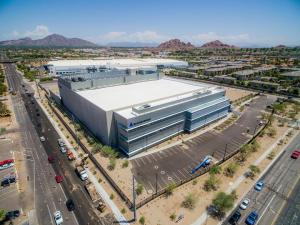
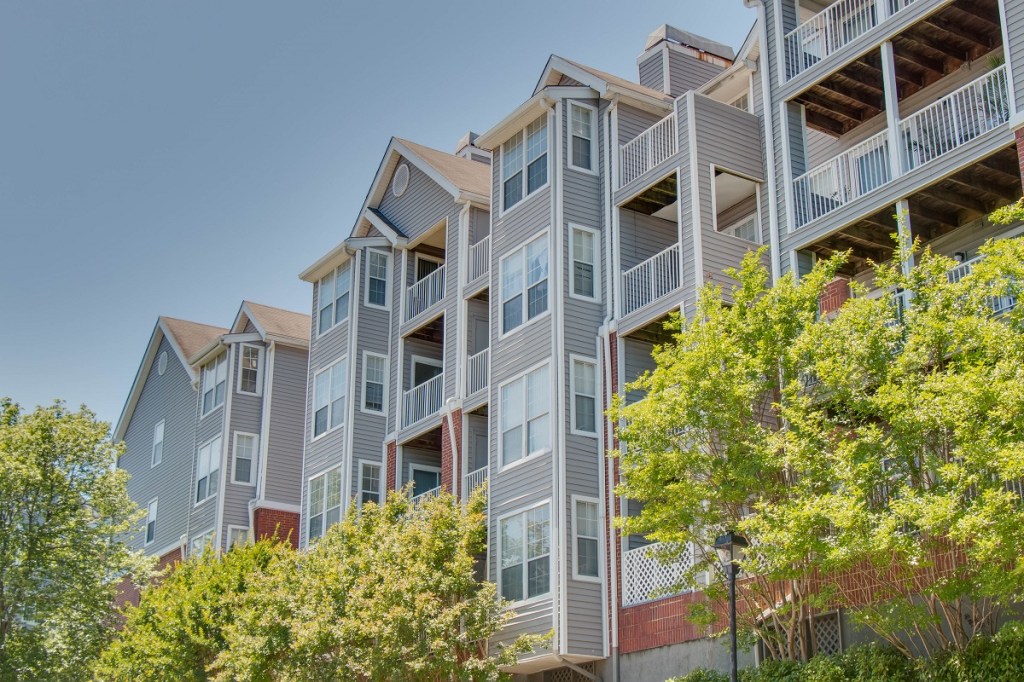
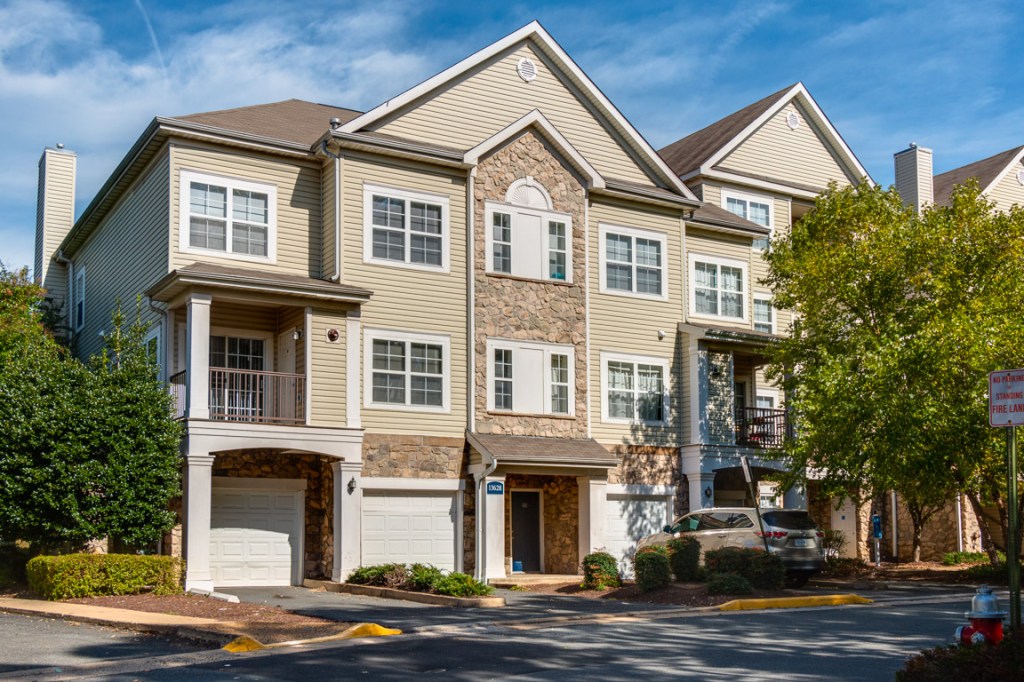
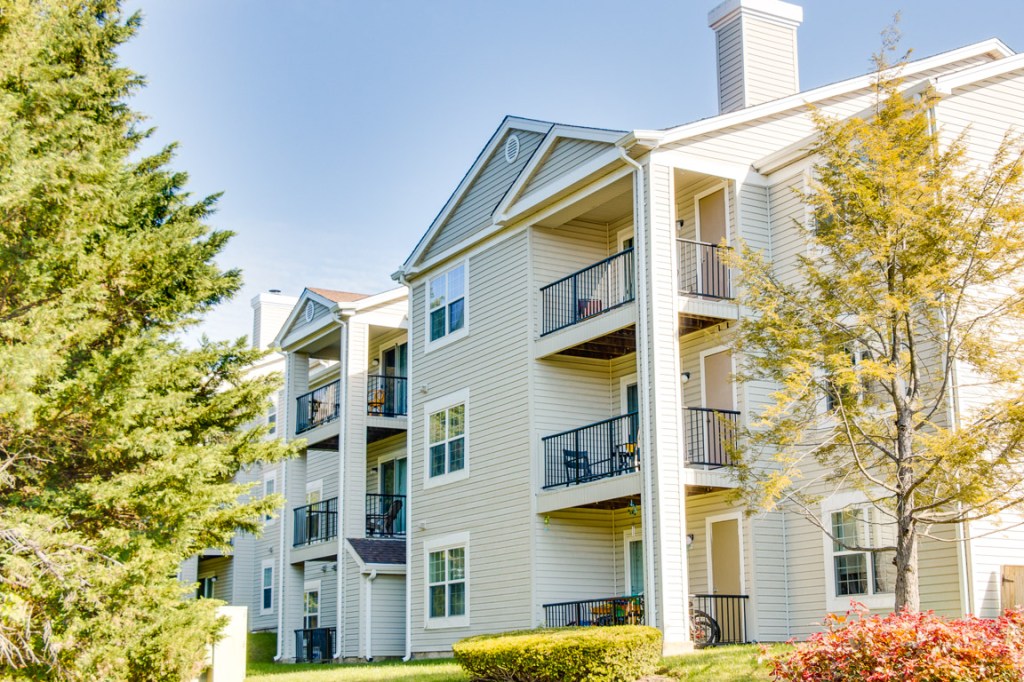
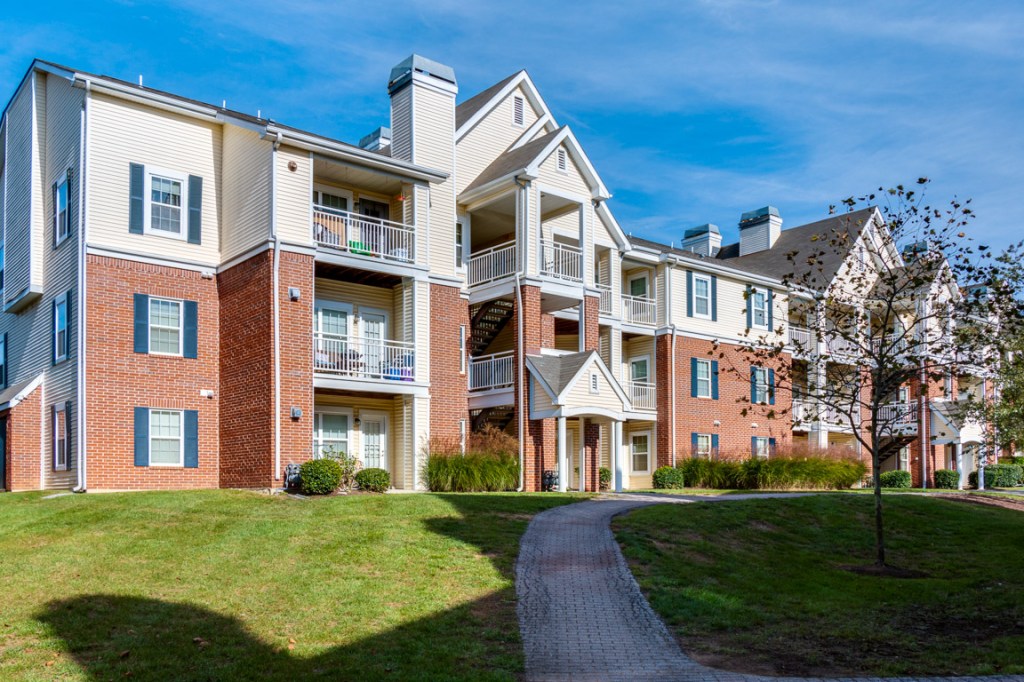
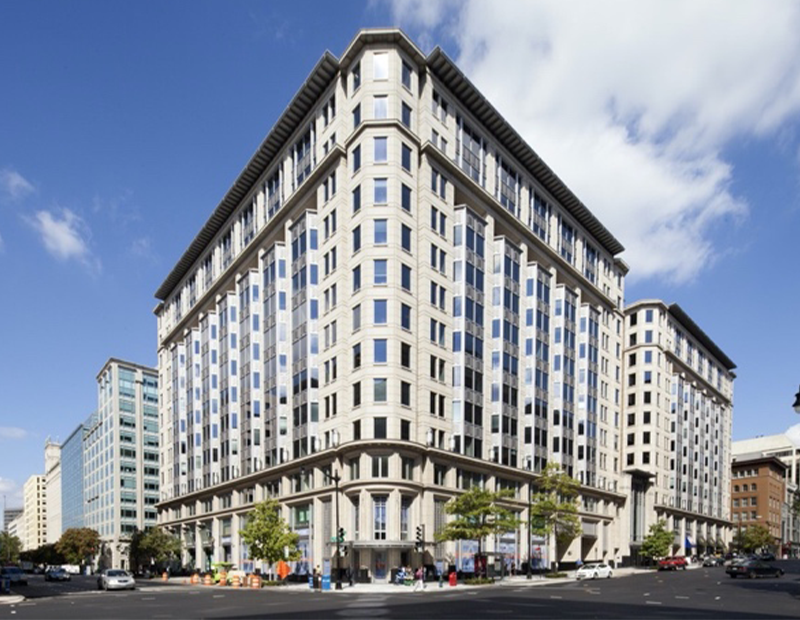




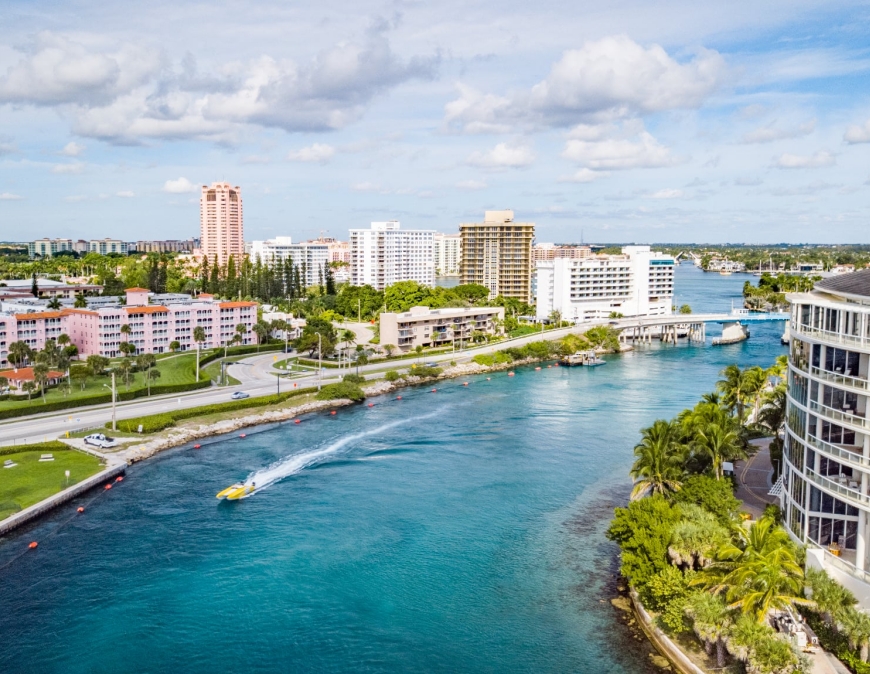
You must be logged in to post a comment.